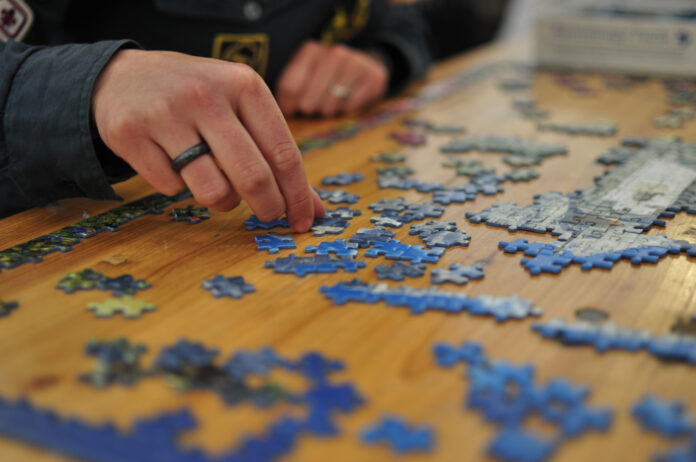Introduction
Welcome to the exciting realm of crossword puzzles, where words weave into grids of intrigue and challenge! Today, we embark on a journey through the enigmatic “Troy setting, or short NYT crossword.” What makes this setting unique? How does it challenge and delight puzzle enthusiasts? Join us as we uncover the secrets behind this intriguing cross-word backdrop.
Unveiling the Mystery: What is the “Troy Setting for Short NYT Crossword”?
In the crossword puzzle universe, settings play a crucial role in shaping the difficulty and theme of the puzzles. The “Troy setting for short NYT crossword) refers to a specific type of crossword puzzle where clues and solutions are structured around a concise yet often complex theme related to the legendary city of Troy. This setting typically features clues that require knowledge of mythology, history, literature, or wordplay related to the Trojan War and its characters.
Delving into the Origins of the Troy Setting
The concept of themed crossword puzzles dates back to the early 20th century. Pioneered by Arthur Wynne in 1913. Over time, crossword creators began incorporating specific themes to add depth and challenge. The Troy setting emerged as a popular choice due to its rich narrative possibilities and the timeless allure of Greek mythology.
Challenges and Strategies: Navigating the Troy Setting
Mastering a Troy-setting crossword requires more than just a broad vocabulary. It demands a keen understanding of mythology and historical context. Here are some key strategies to tackle these puzzles:
- Brush Up on Mythology: Familiarize yourself with characters like Achilles, Hector, and Helen of Troy. Knowing their stories and roles can provide valuable insights into solving clues.
- Wordplay Expertise: Be prepared for clever wordplay and puns that often accompany Troy setting clues. These can range from straightforward definitions to cryptic hints that require lateral thinking.
FAQs About the Troy Setting for Short NYT Crossword
Q: How can beginners improve their skills in solving Troy-setting crosswords? A: Start with simpler puzzles and gradually work your way up. Reading about mythology and practicing regularly can also help.
Q: What are some common themes found in Troy-setting puzzles? Themes often revolve around Trojan War events, Greek mythology, famous characters, and related historical contexts.
Q: Are there online resources for practicing Troy setting puzzles? A: Yes, websites like the New York Times Crossword offer archives and daily puzzles, including themed ones like Troy settings.
Exploring the Appeal: Why Solve Troy Setting Crosswords?
The allure of Troy-setting puzzles lies in their ability to blend education with entertainment. They challenge solvers to expand their knowledge while enjoying the mental exercise of wordplay and problem-solving. For enthusiasts of history, literature, and mythology, these puzzles offer a delightful journey into the realms of ancient tales and legendary figures.
Conclusion
As we conclude our exploration of the “Troy setting for short NYT crossword,” one thing becomes clear: these puzzles are more than just grids of words—they are gateways to worlds of myth and history. Whether you’re a seasoned solver or a newcomer intrigued by the challenge, diving into a Troy-setting crossword promises an adventure filled with discovery and satisfaction. So, grab your pencil, sharpen your mind, and embark on the quest to unravel the mysteries hidden within each clue. Happy puzzling!
In essence, the Troy setting for short NYT crossword puzzles embodies the timeless appeal of storytelling through language, inviting solvers to unravel its mysteries one clue at a time.




